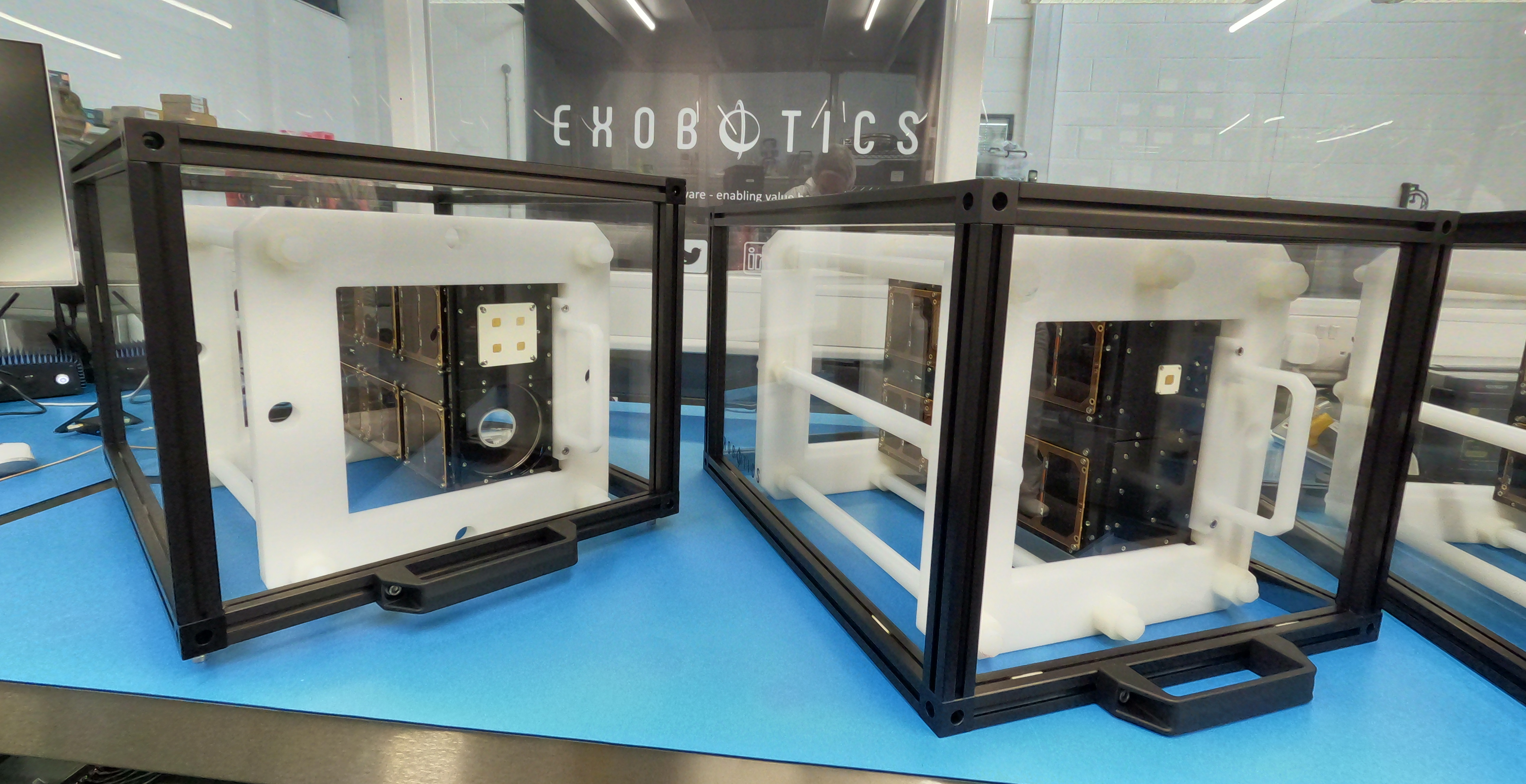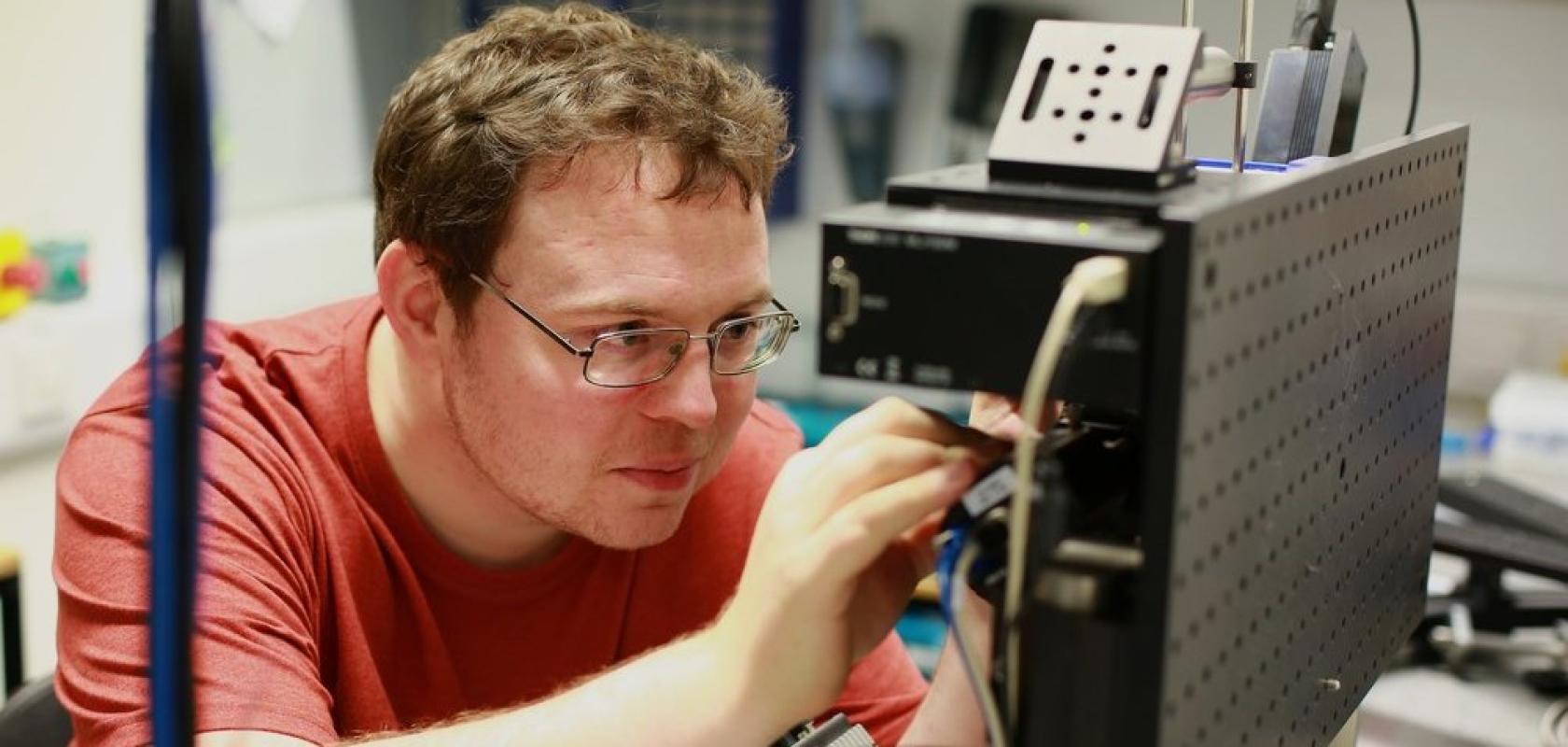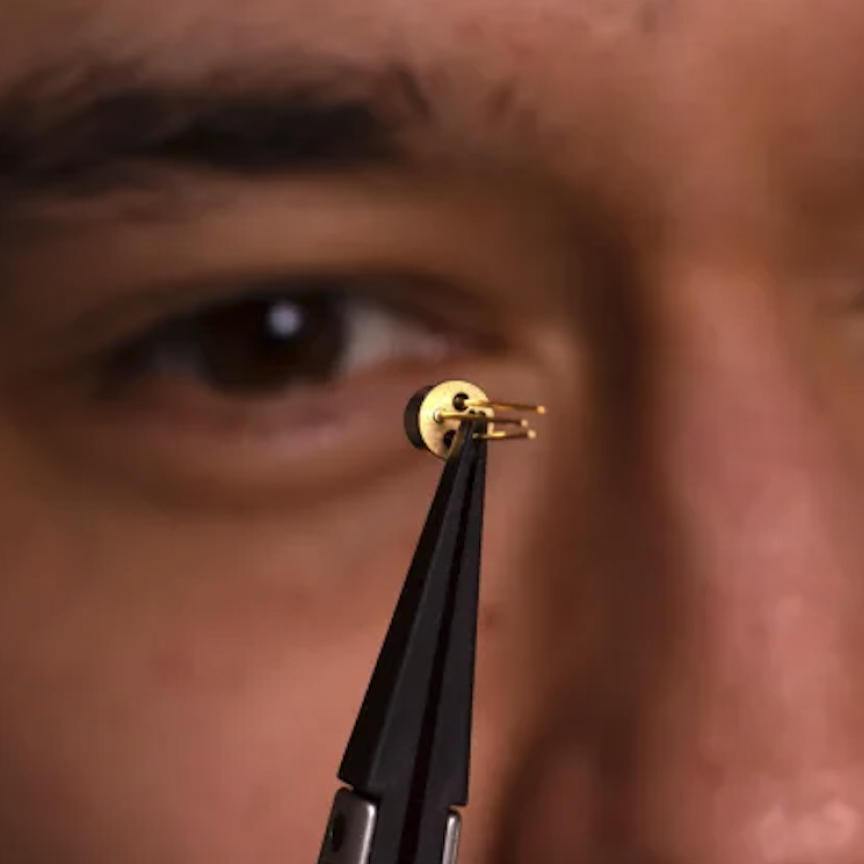Dr Peter J. Christopher shares how satellite-based laser communication could impact the world, as well as the potential challenges involved in its adoption.
The past 18 months have seen a number of high-profile events in the space sector, including: the launch of the James-Webb Space Telescope; the use of StarLink in Ukraine to provide internet to disconnected regions; the use of Maxar image data to record environmental impacts; a private company (Japan’s iSpace) reaching the moon in preparation for a landing attempt; and Nasa’s renewed commitment to land the first woman and the first person of colour on the moon by 2030.
While these have understandably captured the headlines, a much lower-profile event happened recently that has the potential to revolutionise the world of telecoms as we know it. Enter TBIRD.
Enhanced connectivity
In December 2022, the Nasa TBIRD (TeraByte InfraRed Delivery) mission demonstrated a 100Gbps data link for a CubeSat-sized satellite. This would have been record-setting if it had been between two satellites, but is truly a breakthrough as that figure was recorded to a ground station in California.
While StarLink 2.0 satellites do use laser-based inter-satellite communications, NASA’s system penetrates the atmosphere, cloud cover and bad weather while maintaining a speed comparable to terrestrial fibre connections, all at a fraction of the cost. The data rate is likely to be improved substantially as the technology matures over the coming years.
Laser communications, unlike their Ka/Ku band cousins, are fundamentally directional. As a result, they do not interfere with other transmissions, do not use valuable space on the radio spectrum, do not (currently) require complex international legislation, have lower hardware costs, produce far less carbon emissions, and are point-to-point – greatly increasing their security.
Additionally, combining satellite-satellite with ground-satellite links will allow for the development of improved positioning systems compared with GPS, along with greater communications uptime and reliability.
Cost reduction
The most impactful benefit for telecoms is likely to be cost. Google’s new Durant transatlantic cable cost hundreds of millions of pounds and only connects two points. While it’s also still much faster than TBIRD at 250Tbps, it achieves that by multiplexing large numbers of frequencies across a single link, a technique that future laser communications satellites will likely employ. Importantly, a constellation of these satellites could achieve global coverage while maintaining terrestrial fibre speeds.
'Imagine... internet communications in disaster zones within minutes of the event'
There’s one additional point here that is important. StarLink can only operate a few radios per satellite without getting interference. That’s why they operate in strings. Laser satellite systems could feasibly operate hundreds or thousands of wavelengths simultaneously. This means that they can keep the high point-to-point speeds of terrestrial fibre (something that StarLink can’t do) while also giving the flexibility and robustness of a satellite constellation.
As an optics engineer, the most interesting part of this breakthrough will be the follow-on challenges in electronics, optics and telecommunications. Questions such as how wavelength multiplexing will work with a changing chromatic shift from a dynamic environment or what light sources will be suitable for the space environment and power budget?

Exobotics develops nano-satellite platforms for the rapid deployment of a wide range of applications in space
Clearly, as an early-stage technology there are lots of potential risks and plenty of development still to be done, but this is potentially the start of a communications revolution.
Imagine a world where you don’t spend £10,000 to install a fibre connection to your remote property, and instead you spend £1,000 on a box that you can install in the roof that gives you the same performance. Imagine if you could use high-speed Wi-Fi during a transatlantic flight, or could have internet communications in disaster zones within minutes of the event.
With it would come interesting political and ethical questions. How will governments regulate a connection where the only component within their jurisdiction is a small, roof-mounted box? How will we protect users of these systems from abuse or stop terrorist groups or bad actors exploiting them?
These are all challenges and opportunities that systems such as StarLink and OneWeb are already exploring, but if TBIRD’s success can be reliably replicated, the true breakthrough may come with StarLink 3.0 or a yet-to-be-seen competitor.
Dr Peter J. Christopher is the Chief Scientist of the UK space start-up Exobotics.


